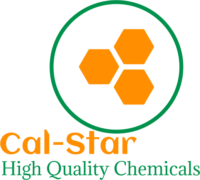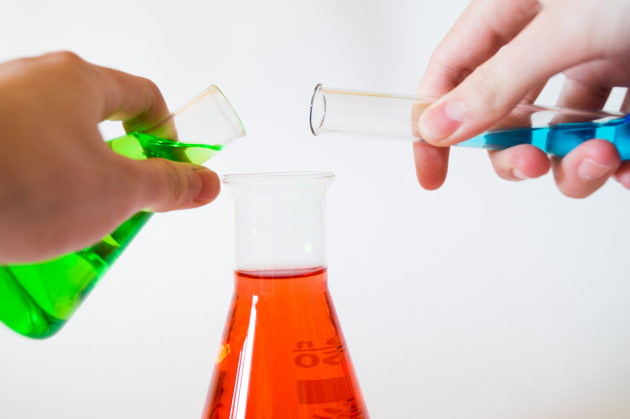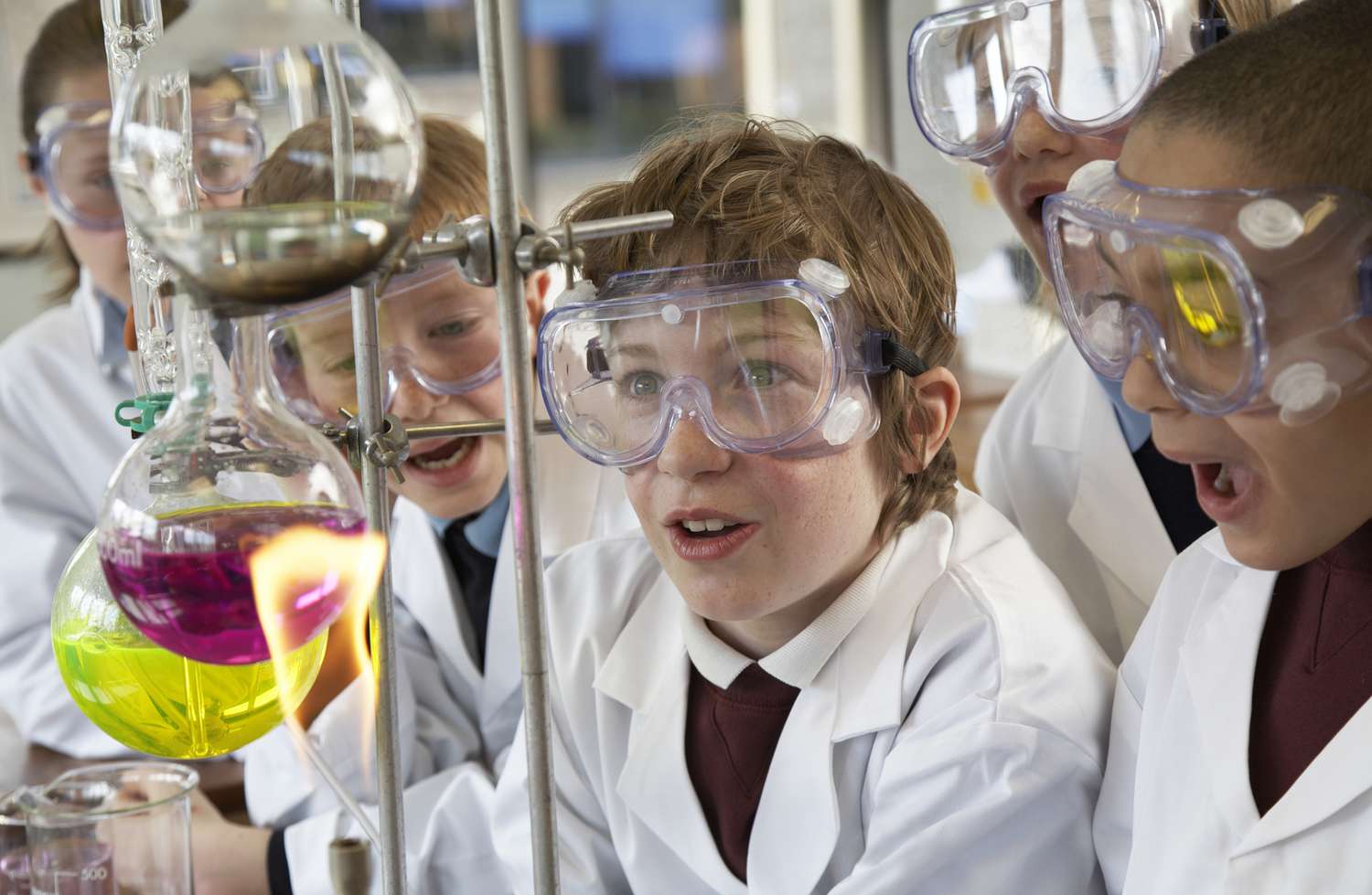Environmental chemistry is a branch of chemistry focused on the study of chemical processes occurring in the environment and their impact on ecosystems. This field explores how chemicals interact with air, water, and soil, and how these interactions affect the environment and human health. This guide provides an overview of environmental chemistry, the impact of chemicals on the environment, and strategies for mitigating environmental damage.
1. What is Environmental Chemistry?
1. Definition: Environmental chemistry examines the chemical processes and reactions that occur in natural environments. It includes the study of pollutants, their behavior, and their effects on ecosystems.
2. Key Areas of Study:
- Chemical Reactions in Nature: Understanding how natural and anthropogenic chemicals interact with the environment.
- Pollutant Behavior: Tracking the movement and transformation of pollutants in air, water, and soil.
- Environmental Impact: Assessing the effects of chemicals on ecosystems and human health.
2. Types of Chemical Pollutants

Environmental Chemistry and Chemical Impact
1. Air Pollutants:
- Examples: Carbon monoxide (CO), sulfur dioxide (SO₂), nitrogen oxides (NOₓ), particulate matter (PM), and volatile organic compounds (VOCs).
- Sources: Industrial emissions, vehicle exhaust, and burning of fossil fuels.
- Impact: Can lead to respiratory problems, acid rain, and climate change.
2. Water Pollutants:
- Examples: Heavy metals (lead, mercury), pesticides, pharmaceuticals, and organic waste.
- Sources: Agricultural runoff, industrial discharges, and wastewater.
- Impact: Can cause waterborne diseases, disrupt aquatic ecosystems, and contaminate drinking water.
3. Soil Contaminants:
- Examples: Persistent organic pollutants (POPs), heavy metals, and petroleum hydrocarbons.
- Sources: Industrial waste, agricultural chemicals, and landfills.
- Impact: Can affect soil fertility, food safety, and plant health.
3. Chemical Reactions in the Environment
1. Atmospheric Reactions:
- Photochemical Smog: Formation of smog due to reactions between sunlight and pollutants like nitrogen oxides and VOCs.
- Ozone Depletion: Breakdown of stratospheric ozone by chlorofluorocarbons (CFCs) and other ozone-depleting substances (ODS).
2. Aquatic Reactions:
- Eutrophication: Nutrient enrichment in water bodies leading to excessive growth of algae and depletion of oxygen.
- Acidification: Decrease in pH of water bodies due to acid rain, affecting aquatic life.
3. Soil Reactions:
- Bioremediation: Use of microorganisms to degrade contaminants in soil.
- Soil Acidification: Result of acid rain and use of acidic fertilizers, impacting soil health and plant growth.
4. Environmental Impact of Chemicals
1. Human Health:
- Exposure Risks: Chronic exposure to pollutants can lead to health issues such as cancer, respiratory diseases, and developmental problems.
- Vulnerable Groups: Children, elderly, and those with pre-existing conditions are more susceptible to health impacts from environmental pollutants.
2. Ecosystem Health:
- Biodiversity Loss: Pollution can lead to the loss of species and disruption of ecosystems.
- Habitat Degradation: Contaminants can damage natural habitats and reduce their ability to support wildlife.
3. Climate Change:
- Greenhouse Gases: Chemicals like carbon dioxide (CO₂) and methane (CH₄) contribute to global warming and climate change.
- Feedback Loops: Environmental changes can lead to the release of more greenhouse gases, exacerbating climate change.
5. Mitigation Strategies
1. Pollution Prevention:
- Source Reduction: Minimizing the use of harmful chemicals and reducing waste generation.
- Green Chemistry: Designing chemical processes and products that are environmentally friendly and sustainable.
2. Remediation Technologies:
- Water Treatment: Techniques such as filtration, chemical treatment, and bioremediation to remove pollutants from water.
- Soil Cleanup: Methods like soil washing, thermal desorption, and phytoremediation to treat contaminated soil.
3. Regulatory Measures:
- Environmental Laws: Implementation of regulations and standards to control emissions and manage waste.
- Monitoring and Enforcement: Regular monitoring of environmental quality and enforcement of pollution control measures.
4. Public Awareness and Education:
- Community Involvement: Engaging communities in environmental protection efforts and promoting sustainable practices.
- Education Programs: Raising awareness about the impacts of chemical pollution and encouraging responsible behavior.
Conclusion
Environmental chemistry plays a crucial role in understanding the interactions between chemicals and the environment. By studying chemical pollutants, their effects, and the reactions they undergo, scientists and policymakers can develop strategies to mitigate environmental damage and protect ecosystems. Emphasizing sustainable practices and effective pollution management is essential for preserving the health of our planet and ensuring a safer environment for future generations.




